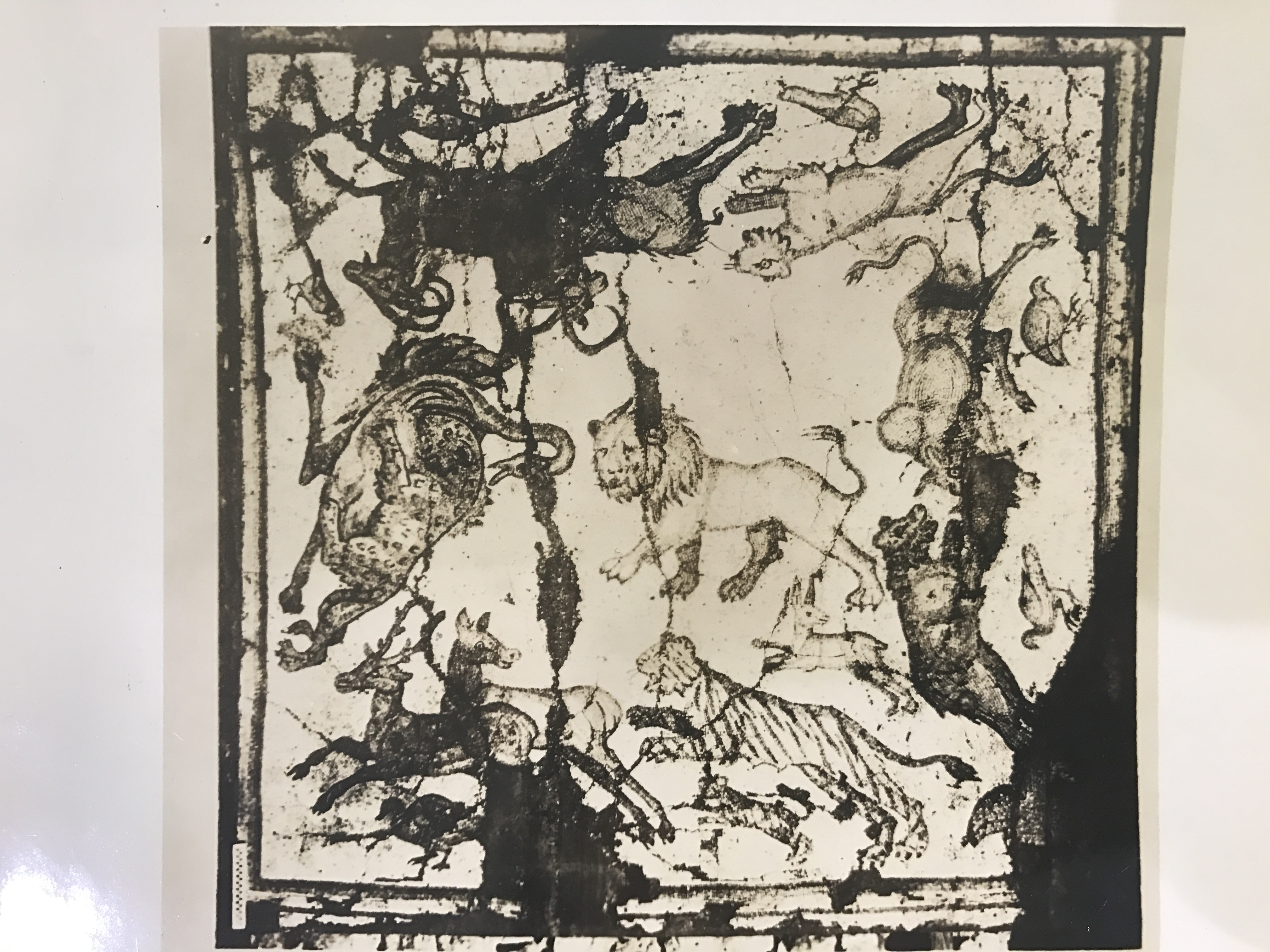Written by Salaam Sbini, a fourth year history student participating in the IMLS, “Strategic Stewardship for Sustaining the Archives of the Museum of Vertebrate Zoology” project.
The brown manila folders filled with correspondence letters and photos I go through are filled with various inquiries–usually the same patterns of inquiries between the MVZ and organizations, scientists, and universities. Inquiries for different skins, animal acquirement, requests of loans, or return of loans, and conference scheduling from Paraguay to Havana, Cuba to Berkeley, California. I have the chance to look at the lives of individuals who pioneered in their field and their daily thoughts, tasks, and interests from the vantage point of a reader, decades later.
A letter from Edgar C. Schenck took me by surprise. As I went through three letters initially addressed to Joseph Grinnell, and a photo in his file, I was trying to decide if he was our usual candidate of either an ornithologist, herpetologist, biologist, or zoologist–he was none of those. Schenck was the Director of the Honolulu Academy of Arts from 1934-1947 and had his last position as the director of the Brooklyn Museum before he passed in 1959. He had a keen interest in Oriental and Polynesian art, but his life was cut short at the age of 49 from a heart attack as he was in Istanbul, Turkey returning from Pakistan.
A man in the field of the fine arts, Schenck was a common contributor to publications of the Art Bulletin, the College Art Journal, and publications around archeology. This begs the questions as to why Schneck was contacting the Museum! Schenck had acquired a mosaic pavement from “Antioch, Syria,” today considered a city in modern day Turkey. Antakya is close to Syria’s border, and was considered part of the Syrian territory until 1939 when the Republic of Turkey acquired the city. The mosaic depicted a fauna of the region. Schenck was hoping Professor Grinnell would be able to identify the animals on the mosaic, their habitat, and if the depicted animals were “in or around Antioch.” Hoping to receive any available photographs of the animals from the MVZ or geographical assurance, Schenck was directed to the British Museum who was better versed in the geographic region, and because Professor Grinnell was on sabbatical.

With this correspondence we can take away that the year 1938 was a time Antioch was considered part of Syria, but also why the MVZ was contacted and used for various endeavors, even including art.
References:
“Schenck, Edgar Craig, 1909-1959,” accessed February 27, 2017, http://socialarchive.iath.virginia.edu/ark:/99166/w6sx6jqk.
“History of Antakya (Hatay), Turkey,” accessed February 27, 2017, http://www.turkeytravelplanner.com/go/med/antakya/see/history.html.
